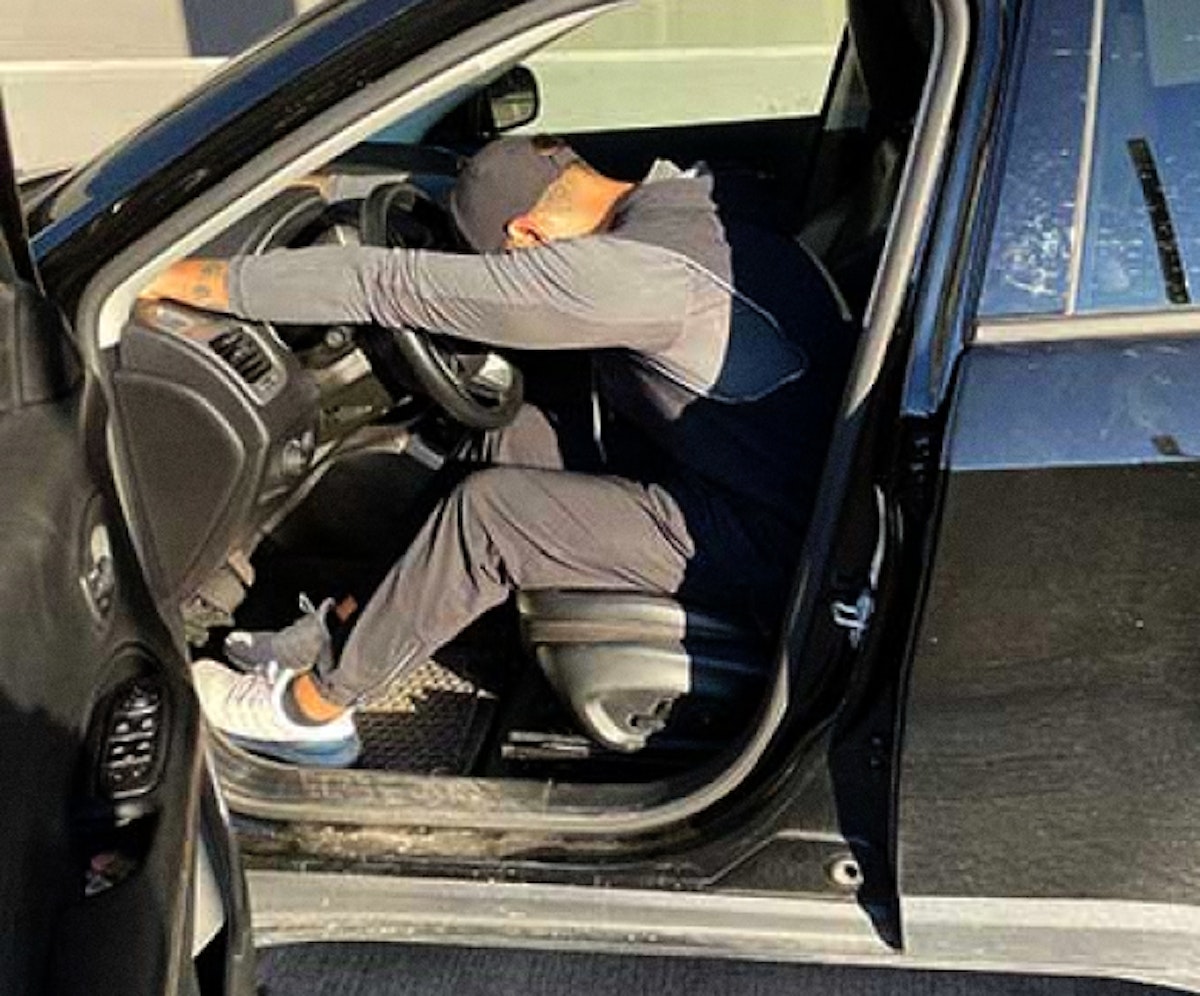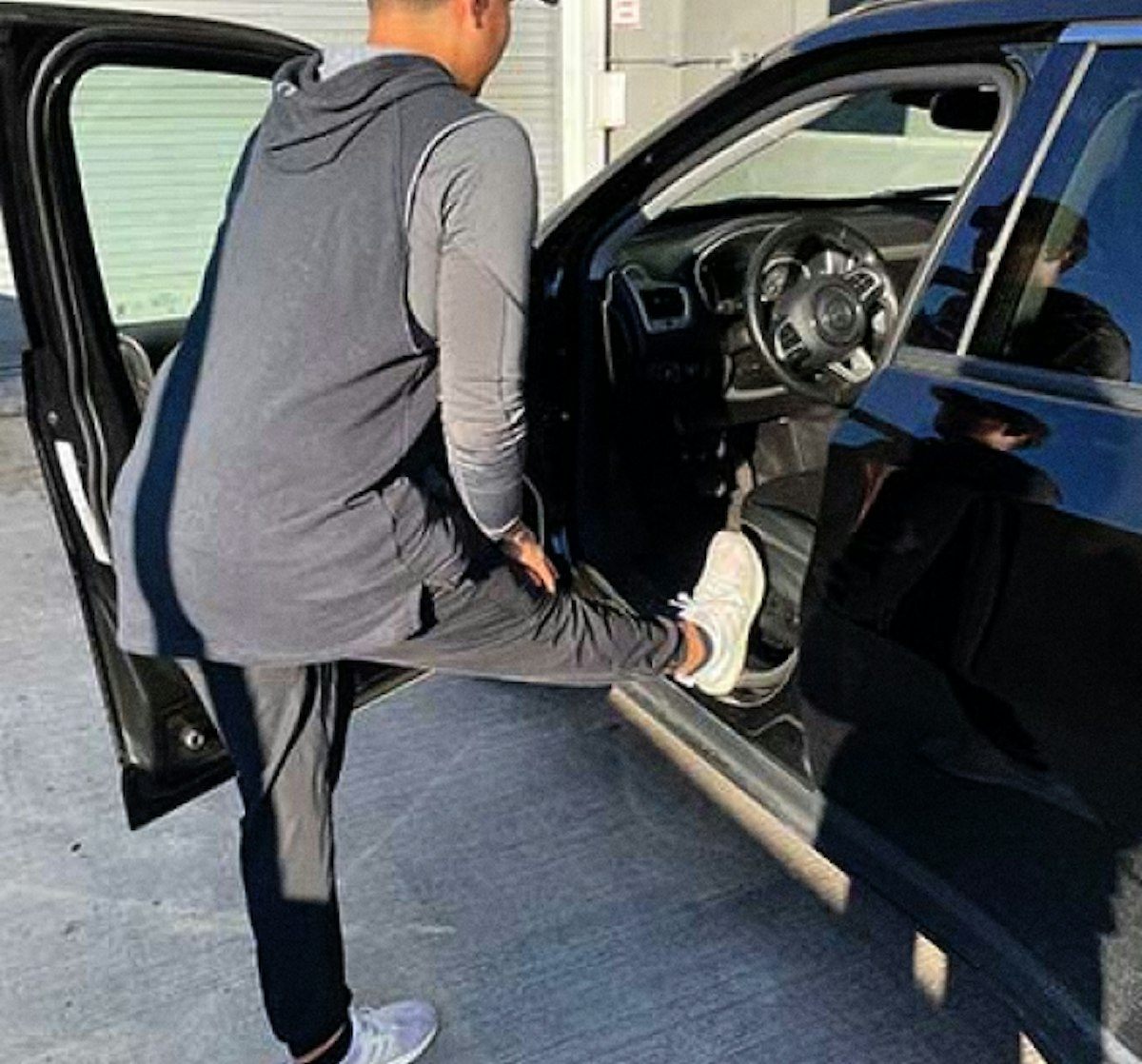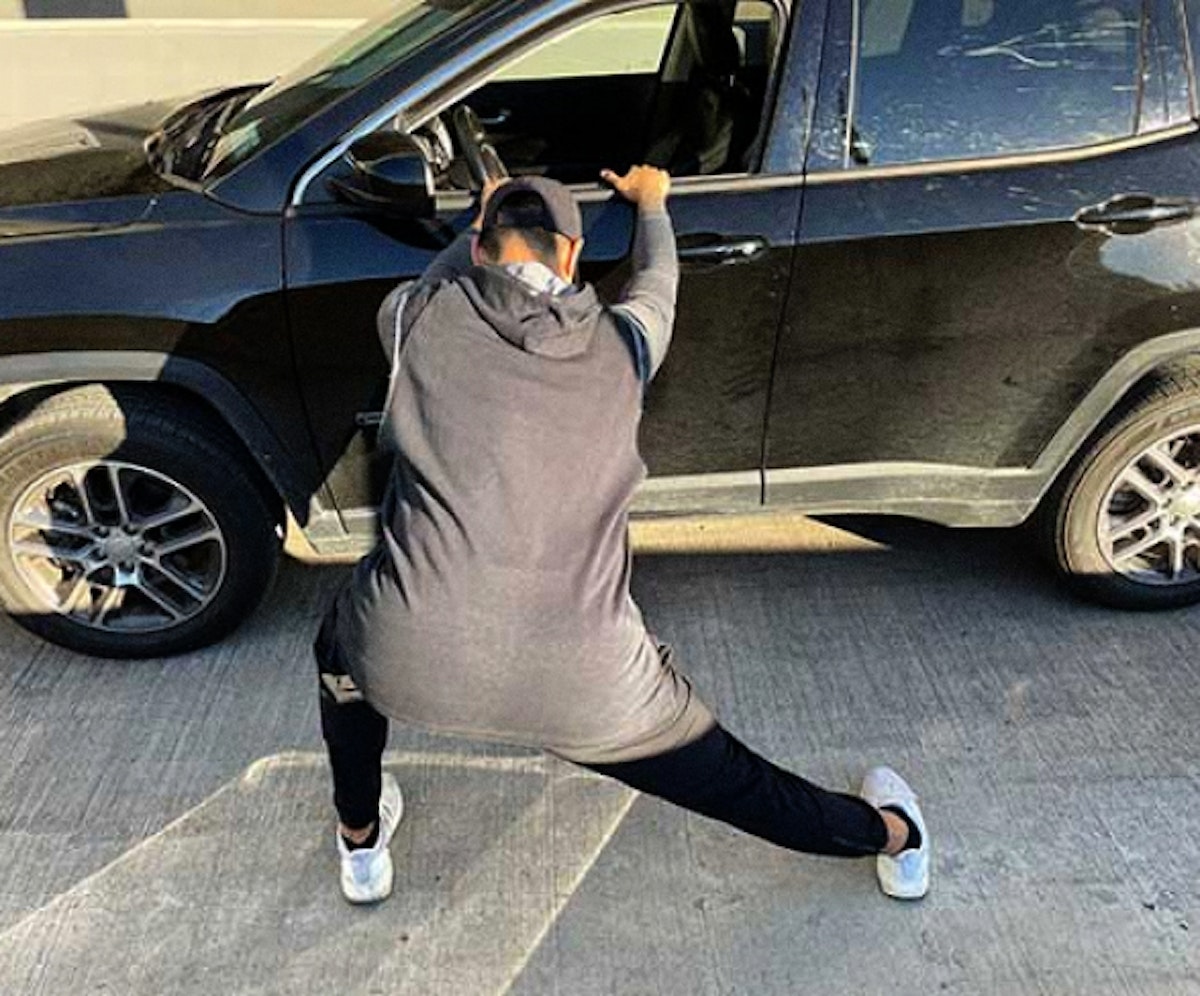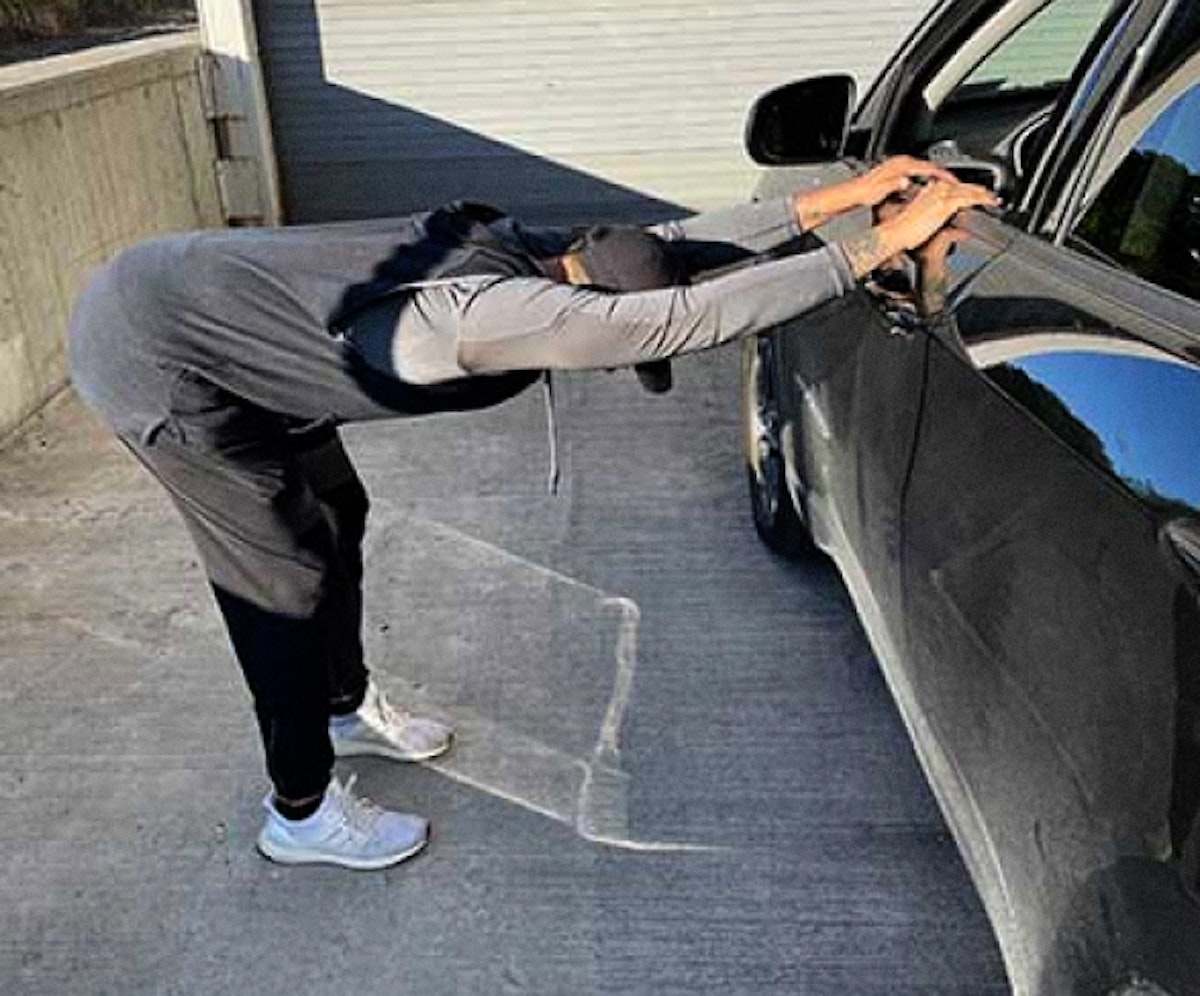Mental and physical health
Stress and fatigue are the two major contributors to driver’s mental well-being, and these can be caused by factors both inside and outside work.
Physical symptoms of stress include
- Aches and pains.
- Chest pain or a feeling like your heart is racing.
- Exhaustion or trouble sleeping.
- Headaches, dizziness or shaking.
- High blood pressure.
- Muscle tension or jaw clenching.
- Stomach or digestive problems.
- Weak immune system.
Outward signs that you are under stress
- Sudden mood or behavior changes.
- Unusual irritability or aggression.
- Worsening relationships with colleagues and others.
- Impaired job performance or an increase in poor timekeeping.
- Short-term sickness absence.
Possible sources of stress
- Poor work/life balance.
- Domestic/personal issues.
- Poor work organisation.
- Uncertain roles and the demands of the job.
- Unrealistic ridesharing schedules.
- Traffic congestion.
- Behaviour of other drivers and/or passengers.
Here's a simple and quick anti-stress technique called alternating breathing.
- Inhale through your left nostril while closing the right one with your thumb, counting to 6.
- Then, close the left nostril with your ring finger, hold your breath for 4 seconds, and exhale through the right nostril.
- Repeat this on the other side, inhaling through the right nostril, holding, and exhaling through the left.
- Do this at least 4 times. It balances your brain and body, promoting relaxation, and you can do it anywhere.


The importance of proper nutrition and hydration
Nutrition and hydration are important for rideshare drivers for several reasons:
Energy, focus and concentration
Immune System: Proper nutrition can help maintain a healthy immune system, which is important for avoiding illnesses that could cause missed work days.
Preventing chronic diseases: A healthy diet and hydration can prevent chronic diseases such as heart disease, diabetes and obesity.
Mental health: Good nutrition and hydration are also important for mental health. Research shows that eating a healthy diet and staying hydrated can help reduce stress and anxiety.
Safety: Staying hydrated is especially important for rideshare drivers who work in hot or humid environments. Dehydration can lead to dizziness, fatigue and loss of focus, all of which can increase the risk of accidents.
Examples of healthy snacks that are easy to prepare and have in your car
- Nuts and dried fruit.
- Rice crackers (preferably brown rice) and avocado.
- Apples and peanut butter.
- Homemade Energy Balls: Energy balls are usually made with oats, nut butters, sweeteners, and other additives like dried fruit and coconut.
- Healthy sandwich: It takes less than 10 minutes - and saves a lot of money - to prepare your own healthy sandwich at home.
Hydration
- Men: approximately 3.7 liters (about 13 glasses) of water per day.
- Women: approximately 2.7 liters (about 9 glasses) of water per day.
- Always carry a water bottle with you (preferably a glass one) to help you keep track of your fluid intake.
Stretching exercises
Seated Shoulder Stretch
- Advice 1
Seated in your call, sit tall and reach your left arm across your chest.
- Advice 2
Use your right arm to gently draw your left arm closer to your chest while maintaining good posture.
- Advice 3
Hold for 30 to 60 seconds.
- Advice 4
Repeat on the other side.
Tip: For this stretch, you should feel it across the back of the shoulder and arm.
Seated Forearm Stretch

- Advice 1
Seated in your car, sit tall and bring one arm straight out in front of you with the elbow straight and palm facing up.
- Advice 2
Gently pull the fingers toward your body to feel the stretch on your forearm.
- Advice 3
Hold for 30 to 60 seconds.
- Advice 4
Repeat on the other side.
Tip: Be sure to keep your elbow straight and maintain good posture as you press on your hand.
Seated Upper Back Stretch

- Advice 1
Seated in your car, let your upper body fall forward and reach your hands to the dashboard.
- Advice 2
Relax your upper back and let your body round forward.
- Advice 3
Take a breath in, and on the exhale walk your fingertips forward toward the windshield.
- Advice 4
Hold for 30 to 60 seconds.
Tip: Let your body relax into this position and use your breath to gain more motion as you stretch.
Chest Stretch

- Advice 1
Stand tall next to your car and position one arm at chest or waist level outside of the car window.
- Advice 2
While keeping your shoulder down and back, start the stretch by slowly turning your body away from the car until you feel a stretch in your chest.
- Advice 3
Hold for 30 to 60 seconds.
- Advice 4
Repeat on the other side.
Hamstring Stretch

- Advice 1
While standing tall next to your car, lift one leg and place your heel on the doorway of the car.
- Advice 2
Keep your back flat and slowly lean forward at the hip until you feel a stretch at the back of your thigh.
- Advice 3
Hold for 30 to 60 seconds.
- Advice 4
Repeat on the other side.
Tip: Remember to keep your core slightly engaged and do not let your lower back round.
Standing Calf Stretch

- Advice 1
Stand facing your car with one foot in front of the other and let your front knee bend.
- Advice 2
Keep your toes facing forward and place your arms on the car so they are comfortably supporting you.
- Advice 3
Keep your back leg straight and drive the heel of your back leg down toward the ground until you feel a stretch in the calf.
- Advice 4
Hold for 30 to 60 seconds.
- Advice 5
Repeat on the other side.
Tip: Do not hyperextend the knee when your leg is straight.
Inner Thigh Stretch

- Advice 1
Stand facing your car with your feet placed slightly wider than shoulder width apart and toes pointed forward.
- Advice 2
Place your hands on the car so they are comfortably supporting you.
- Advice 3
While keeping your core slightly engaged, sit back into your hips and shift your weight toward the left side until you feel a stretch on your inner thigh.
- Advice 4
Hold for 30 to 60 seconds.
- Advice 5
Repeat on the other side.
Tip: Keep your toes, knees and hips all in line and facing your car.
Standing Lat Stretch

- Advice 1
Stand next to your car, widen your legs and place your hands on the door to help support you.
- Advice 2
With a slight bend in your knees and keeping your hips high, shift your weight back into your hips.
- Advice 3
Press the palms of your hands into the car window for extra stability, so you are able to feel the stretch in your back and sides of your body.
- Advice 4
Hold for 30 to 60 seconds.
Tip: Keep your arms straight throughout this stretch.
Quad Stretch

- Advice 1
Stand next to your car with the door open and face away from the doorway. Position your front foot far enough away so that your front knee stays behind your toes.
- Advice 2
With your other leg, place the top of your foot on the edge of the car door. Tuck your tailbone and squeeze your butt on the back leg to begin the stretch. You should feel this stretch in the front of your thigh.
- Advice 3
Hold for 30 to 60 seconds.
- Advice 4
Repeat on the other side.
Tip: Avoid letting your back arch. Keep your tailbone tucked under and your core tight to get the most out of this stretch.
